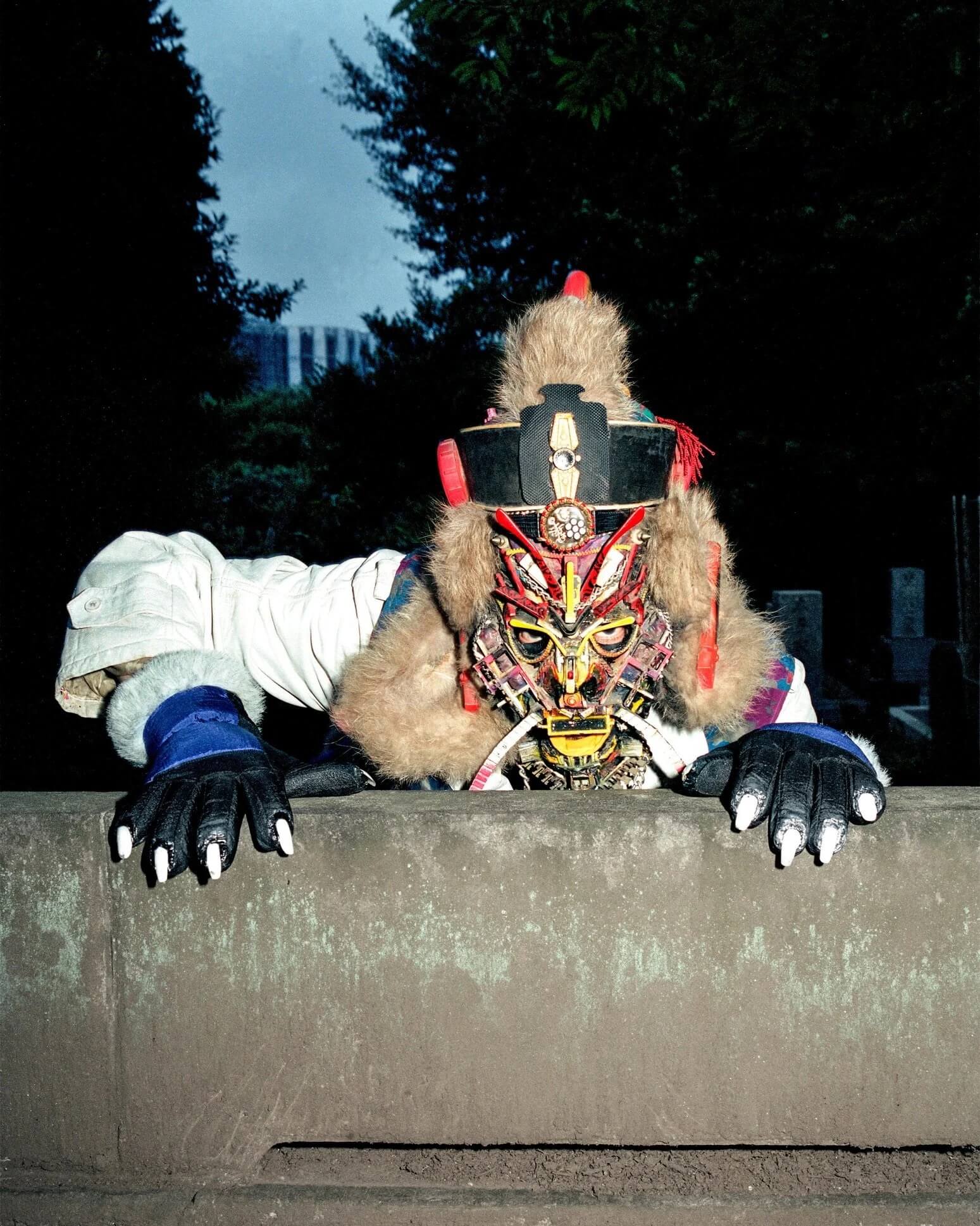SEARCH THE ENTIRE SITE

RAMMELLZEE
ArtistRAMMELLZEE was born on December 15, 1960, in Far Rockaway (New York), where he died on June 27, 2010. In 1979, he officially adopted the name RAMMELLZEE, marking his new identity.
At a time when the “wild style” was gaining momentum in graffiti to break down alternative, community-based languages and give flow to static letters, RAMMELLZEE saw it as a renaissance of medieval illumination practices, enabling his generation to regain power over corrupted languages. In his treatise published in 1979, which can be read as a poetic manifesto, RAMMELLZEE unveiled his thoughts on language and developed two theories that would guide his research. Referring to what he dubbed “Gothic Futurism” and “Ikonoklast Panzerism”, RAMMELLZEE proclaimed himself a descendant of the monks of the Middle Ages, and set himself the task of arming letters to create a metaphysical warrior language, against the oppression of words and signs. To deconstruct language, to destroy existing letters and their dominations, we need to arm others: ornament thus becomes armament.
In the early 1980s, RAMMELLZEE expanded his research to complexify his relationship with the world, and started working with drawing, painting, sculpture, performance and music. He thwarted the virile codes of the stage by developing a fluid identity using costumes and a vocoder to alter his voice. He collaborated with the Rock Steady Crew as MC, and developed a nasal intonation, a vocal signature described as “gangsta duck”, which had a definite influence on the Beastie Boys, Cypress Hill and MF Doom. In 1981, he was invited to appear in Charlie Ahearn’s film Wild Style. In 1982, he took part in the New York City Rap Tour, the first world tour by the pioneers of American hip hop, stopping off in London and Paris. In 1983, Jean-Michel Basquiat produced his Beat Bop vinyl and designed the visuals for this project, inspired in particular by Madonna. At the time, RAMMELLZEE was revolutionizing the New York scene and inspiring his generation, as evidenced by one of the most famous paintings by his friend and rival Basquiat, entitled Hollywood Africans (1983), featuring portraits of RAMMELLZEE, Basquiat and Toxic.
Impossible to pin down, RAMMELLZEE affirmed himself in his complexity and his desire to create a total work of art. He participated in numerous exhibitions, from the USA to Italy and the Netherlands, and collaborated with gallerists Barbara Braathen, Joe La Placa, Yaki Kornblit, Lidia Carrieri, Annina Nosei, Suzanne Geiss and others. Critics Edit deAk, Sylvère Lotringer, Greg Tate and Franco Berardi wrote about his work, which continues to grow in complexity, shunning transparency and simplification. A body of work now often illuminated in black light, as political as it is poetic.
RAMMELLZEE made an appearance in the film Stranger Than Paradise by his friend Jim Jarmusch, who was fascinated by his way of thinking and creating through echoes, repetitions of gestures, shapes, materials, sounds and rhythms. A long-time recluse in what he called his “Battlestation”, a secluded experimental laboratory with limited access except for close friends and those who brought him his favorite drink (Olde English 800 beer, named after the typography inspired by medieval manuscripts), RAMMELLZEE died in 2010 to the profound indifference of the art world. His work has since been exhibited at the Redbull Center in New York, Jeffrey Deitch Gallery, MoMA, and was recently celebrated by designer Virgil Abloh, as well as been featured in a monograph published by Rizzoli.